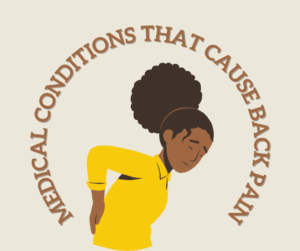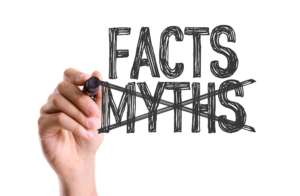Delayed onset muscle soreness (DOMS) is a common condition characterized by muscle soreness and stiffness that occurs a few days after engaging in a new or intense physical activity. The pain is typically felt 24-72 hours after the workout, but it can last for several days and is usually at its worst within the first 24-48 hours. DOMS is caused by microscopic tears in the muscle fibers that occur during exercise, and it is not harmful, but it can be uncomfortable. It’s important to note that muscle soreness should not be confused with pain caused by injury, which requires medical attention.
With that said, if you’re suffering from the condition and you’re not injured, you’d be happy to know it’s temporary and can be easily remedied with the following steps:
Warm Up
Warming up before engaging in physical activity can help to prevent soreness by preparing your muscles for the workout and reducing the risk of injury. A proper warm-up should include a combination of light cardio and dynamic stretching to gradually increase blood flow and loosen up your muscles. This can help to reduce muscle stiffness and soreness after a workout. A warm-up should last for about 5-10 minutes and should be specific to the type of activity you will be doing.
Don’t Go Too Hard
Gradually increasing the intensity of your workouts can help reduce soreness by allowing your muscles time to adapt. By starting with lower intensity and gradually increasing it over time, your muscles will have time to adjust and become stronger, reducing the risk of injury and soreness. It’s important to start slow and listen to your body, increasing the intensity gradually over time and according to your own pace. Also, remember to give your muscles enough time to recover before your next workout.
Use Proper Form
You must use proper form when doing your exercises. Proper form means using the right technique, such as maintaining a neutral spine and keeping your core engaged, during exercises. This will help to distribute the stress of the workout evenly across the muscle groups, avoiding the overuse of one specific muscle group. It’s important to seek guidance from a professional trainer or coach to ensure you’re using the correct form during your exercises and avoid any unnecessary muscle soreness.
Stretch
Stretching before and after a workout increases blood flow and releases tension in the muscles. Stretching can also help to improve your range of motion and flexibility. Static stretching, where you hold the stretch for 20-30 seconds, is best done after a workout when your muscles are warm. Dynamic stretching, where you move through a range of motion in a controlled manner, is best done before a workout to prepare your muscles for exercise. Remember to hold each stretch for about 20-30 seconds and to breathe deeply throughout the stretch.
Get Sufficient Rest
Getting enough rest between workouts is important for muscle recovery. Your muscles need time to repair and rebuild, so it’s important to give them enough time to rest and recover. Overtraining can lead to muscle fatigue, injury, and soreness, so it’s important to schedule rest days and listen to your body.
Additionally, sleep is essential for muscle recovery, so it’s important to make sure you’re getting enough quality sleep each night. Aim for at least 7-8 hours of uninterrupted sleep per night.
Use Foam Rollers
Using foam rollers to massage your muscles before and after a workout releases tension in the muscles and increases blood flow. Foam rolling is a form of self-myofascial release, which means using your own body weight to apply pressure to the muscle tissue. This can help to loosen up tight muscles and increase flexibility. It’s important to use a foam roller on the specific muscle groups you worked out and to use a moderate amount of pressure. You should feel a deep stretch, but not pain.
Use Heat
Applying heat to sore muscles increases blood flow, relaxing the muscles and reducing muscle soreness. Using a heating pad, or taking a warm bath or shower, can help to relax sore muscles and increase blood flow to the area, which can speed up recovery. Heat also helps to decrease pain and muscle spasms, making it easier to move the affected muscle.
It is important to note that heat should not be applied to a new injury, as it can increase swelling. It’s best to use heat on sore muscles 24-48 hours after the workout.
Consume Enough Protein
Protein repairs and rebuilds muscle tissue, so you need to eat a sufficient amount of it after your workout. Protein is an essential nutrient for muscle recovery and growth, and it helps to form the building blocks of muscle tissue. Eating enough protein after a workout can help to speed up muscle recovery and reduce muscle soreness. Good sources of protein include lean meats, fish, eggs, dairy, beans and legumes, and nuts and seeds. It’s recommended to consume 0.8-1g of protein per kilogram of body weight per day.
Get a Massage
A massage can help to loosen up tight muscles, increase blood flow, and speed up muscle recovery. A massage therapist can also help to identify and target specific muscle groups that may be causing pain or soreness. It’s important to note that massage should not be done on a new injury and it’s best to wait at least 24-48 hours after a workout before getting a massage.
Check the related article here: https://www.backpaininsider.com/2022/09/12/what-is-delayed-onset-muscle-soreness/








